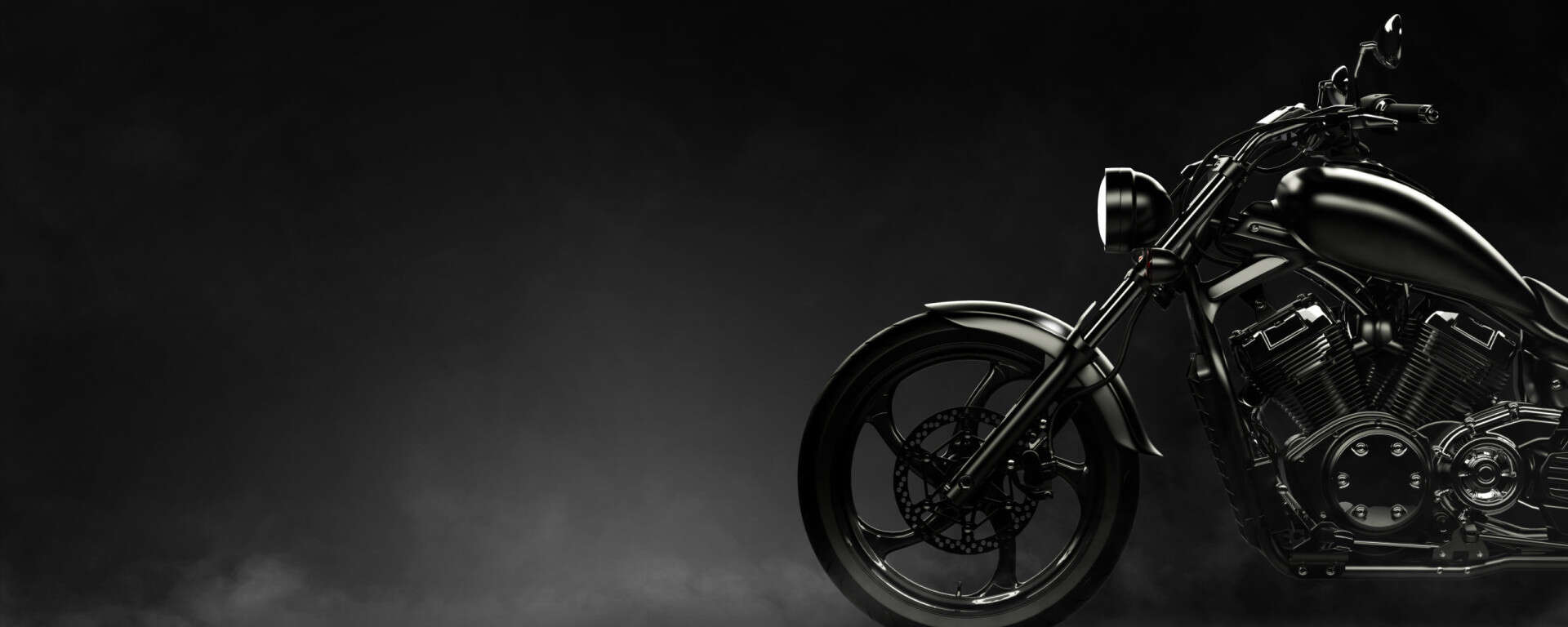Motorcycle Battery Jump Start Guide
It is important to note, that even if you get your battery up and running again, a battery that has been too deeply depleted may continue to have issues for future starts.
You can use a digital print tester to determine the health of your battery and figure out if it needs to be replaced or simply needs a good recharge. Even though your alternator will charge the battery while the bike is running, you should test the charge status as soon as you get back to your garage in order to prevent future startup problems.
Rule Out Other Issues Before Jump Starting
There are plenty of factors that could prevent your motorcycle from starting—from carbon buildup on your spark plugs to something as simple as an empty gas tank. Make sure you go through your checklist of potential problems prior to attempting a jump start.
Some commonly overlooked start prevention culprits include:
- Kickstand Safety Mechanism– Some bikes are built with a safety feature that prevents them from starting if the kickstand is down.
- Gear Shift Safety Mechanism– In order to prevent the bike from accidentally starting while in gear, many models must be in neutral with the clutch engaged prior to starting.
- Kill Switch– Kill switches are important safety components that make it easy to shut off the bike without having to fumble with the ignition keys. Make sure it’s not the reason your bike won’t start
Once you’ve determined for certain that the battery is the reason for your troubles, it’s time for a jump start.
How to Jump Start a Motorcycle Battery
Motorcycle batteries can be jump started from another motorcycle, car battery, or portable battery jump starter. Most motorists keep jumper cables in their car, so it shouldn’t be too hard to find someone who is willing to help you out. Once you have your live battery lined up, follow these simple steps:
- Connect the red positive terminal on the dead battery to the positive terminal on the live battery.
- Clamp the black negative terminal on the live battery, but make sure you place the opposite negative clamp on a grounded and unpainted metal surface of your motorcycle. Typically, the chassis is suitable for this.
- Start the motorcycle with the good battery. Do NOT start the car.
- Allow it to run for a few minutes and then carefully disconnect the cables in the reverse order they were connected.
It’s important to place the negative clamp a safe distance from the battery because this connection often makes a spark and could cause a potential hazard. If your battery is a sealed Yuasa AGM battery, there’s almost no risk of fire, but keeping the negative clamp away from the battery is a best practice.
Another important safety note is to make sure that the two cable ends do not touch each other. Touching the cable ends will certainly cause a spark—and if that spark reaches the hydrogen gas that is often emitted from certain types of batteries while they charge, it could cause a serious fire or even explosion. So, even though jumping a battery is a relatively simple procedure, it’s so important to always use caution and take the process seriously.



